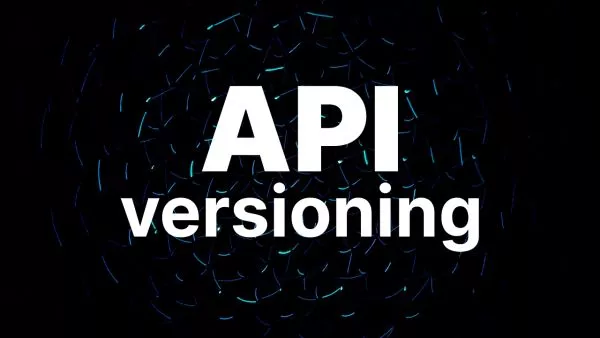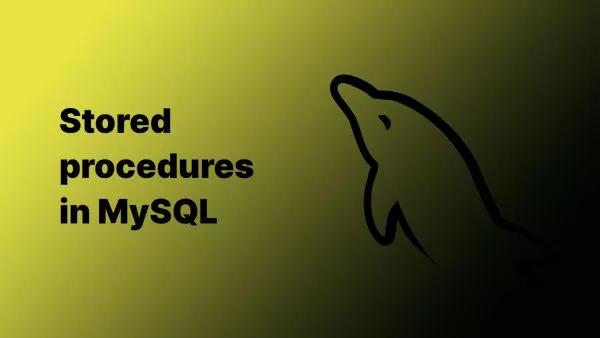- Understanding Blade in Statamic
- Setting Up Blade in Statamic Multisite
- Using Blade Templates
- Leveraging Blade Directives
- Handling Partials and Layouts
- Multisite and Localization
Statamic's robust CMS capabilities, combined with Laravel Blade's expressive templating, provide a powerful platform for managing multisite setups. Blade, known for its elegant syntax and data-handling efficiency, can be a game-changer in your Statamic multisite environment. Let's explore how to effectively use Blade as your templating engine in a Statamic multisite context.
Understanding Blade in Statamic
In Statamic, Blade isn't just an alternative to the default Antlers template engine; it's a powerful way to leverage Laravel's native features, like dependency injection and service containers, directly in your templates. This makes Blade an excellent choice for developers familiar with Laravel looking to build complex, data-rich sites.
Setting Up Blade in Statamic Multisite
-
Enable Blade: Ensure Blade is enabled in your Statamic project. In a standard Statamic setup, Blade is available alongside Antlers.
-
Organize Blade Views: In a multisite setup, organize your Blade views within the
resources/viewsdirectory. You can structure them into subdirectories for each site, likeviews/site_oneandviews/site_two. -
Configure Blade Templates for Each Site: In your
config/statamic/sites.php, you can specify different layouts or views for each site:'sites' => [ 'default' => [ // ... 'views' => 'site_one', ], 'french' => [ // ... 'views' => 'site_two', ], ],
Using Blade Templates
In your Blade templates, you can utilize Laravel's and Statamic's functionalities:
-
Display Content: Use Blade's syntax to display content fields:
<h1>{{ $entry->get('title') }}</h1> -
Loop Through Collections: Easily loop through collections and display entries:
@foreach ($collection as $item) <article> <h2>{{ $item->get('title') }}</h2> {{-- More fields --}} </article> @endforeach
Leveraging Blade Directives
Blade’s custom directives can simplify template syntax:
-
Creating Site-Specific Directives: You can create directives specific to each site in your multisite setup.
Blade::directive('siteOneHeader', function () { return "<header>Site One Header</header>"; });In your Blade view:
@siteOneHeader
Handling Partials and Layouts
Use Blade’s layout and include features to manage reusable elements across different sites:
-
Layouts: Define a main layout for each site and extend it in individual views.
{{-- resources/views/site_one/layouts/app.blade.php --}} <html> <head></head> <body> @yield('content') </body> </html>In your view:
{{-- Use the layout --}} @extends('site_one.layouts.app') @section('content') <h1>Welcome to Site One</h1> @endsection -
Partials: Manage reusable components like headers and footers using Blade’s
@include:@include('partials.header')
Multisite and Localization
For multisite setups with different languages, Blade's localization features come in handy:
-
Translation Strings: Use Laravel’s translation strings in your templates:
<h1>{{ __('messages.welcome') }}</h1>
Integrating Laravel Blade into your Statamic multisite setup allows for a more flexible, Laravel-centric development process. Blade’s powerful templating features, combined with Statamic’s robust content management, provide a seamless experience for managing complex, multi-faceted websites.


